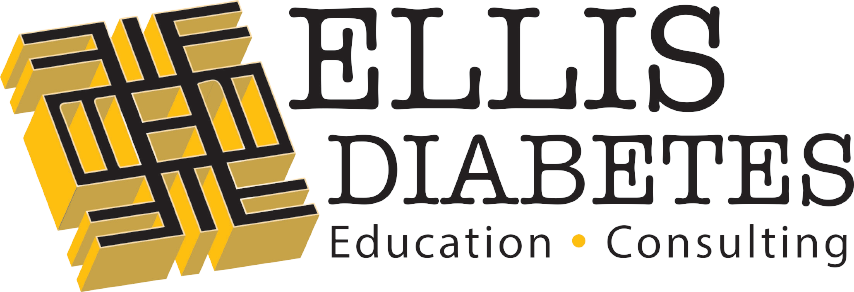SULFONYLUREAS | What Nurse Practitioners Need To Know
Hey guys! So today we are going to talk about the drug class,SULFONYLUREAS. This drug class includes Glimepiride, Glipizide, and Glyburide.
OVERVIEW
Mechanism of Action
Sulfonylureas treat diabetes by stimulating the pancreas to secrete more insulin. Now it does this by closing potassium channel on the cell. We know that potassium is positively charged it is not able to get out of the cell, that leaves the inside of the cell positive. This causes depolarization and that cascade of events forces the calcium channel to open. Calcium rushes in and stimulates insulin to be released into circulation. For detail, I will link below to more in depth videos.
HELPFUL VIDEO RESOURCES:
https://youtu.be/2wk44c1Qa7I
https://youtu.be/B3GpNRIYNek
https://youtu.be/nk0avVJ-Fn0
https://youtu.be/pnAwtX_UCbg
Two Generations
This drug class has two generations. We are more familiar to the 2nd generation over the first. I was looking at some literature that said that glimepiride was considered at one point part of a 3rd generation but currently it’s considered part of the 2nd generation. Now, the 1st generation are the older agents and though they were effective when they came out in the 40’s, they have a very high side effect index and if you are familiar with sulfonylureas you already know that class itself comes with a high side effect index. Well, first generation of medications has an even higher index. Every once in awhile, I'll see them prescribed typically it’s the 2nd gen that are utilized. Now if the mechanism of action is to stimulate the pancreas to release insulin, the pancreas needs to be able to produce insulin so the patient still needs endogenous insulin available and we can draw the conclusion that this drug class won’t be effective in type 1 diabetics because they don’t have endogenous insulin.
Ideal Patient
Your ideal patient for monotherapy is a person who does not have any cholesterol issues (dyslipidemia) and a person who is not overweight. Now let's be honest... how many of our patients are probably going to have this stipulation??? Most of our diabetic patients have hypertension, dyslipidemia, and are obese. Your typically see this medication in dual therapy with metformin.
Lastly, please note that this med is commonly seen BUT not because it’s the best but it is AFFORDABLE. It is covered by all insurances...it’s cheap!
SIDE EFFECTS
Hypoglycemia
The most common side effect that you have to monitor for AND educate your patients over is HYPOGLYCEMIA. It’s mechanism of action is literally stimulating the pancreas to release more insulin. You are going to have a higher volume of insulin circulating so of course that glucose is going to inevitably drop.
Weight Gain
Now think about it...insulin causes weight gain so a drug that causes more circulating insulin, you’re going to see that weight gain in a person
PRECAUTIONS & CONTRAINDICATIONS
Precautions
This drug class is highly dependent on renal function and it’s a good idea to monitor the liver function as well. The metabolism of this drug is important because if it accumulates, it will cause, you guessed it HYPOGLYCEMIA! We need to monitor the kidneys and liver to ensure that it is clearing the system. Also, the drug stimulates the pancreas and over time, it over works it. It is not protective to the pancreas so it would be wise to switch the patient to another medicine if they have been on this medication for an extended time period.
Contraindications
Like I stated earlier, don’t start this medicine a type 1 diabetic, a patient that has poor kidney function, or hypersensitivity to the drug class.
Ok guys, that’s all I have! I go into more detail in my YouTube video so I’ll link it HERE. Also, I’ll link this drug class’ CHEAT SHEET in the NP Diabetes Starter Pack below:
As always, thanks for reading,
Kimberly F. Ellis MSN, APRN, FNP-C
DISCLAIMER:
The information and services on this platform are to serve as an adjunct resource to your nursing practice. They ARE NOT intended to be a substitute for professional judgement. All content is for general educational purposes only.






